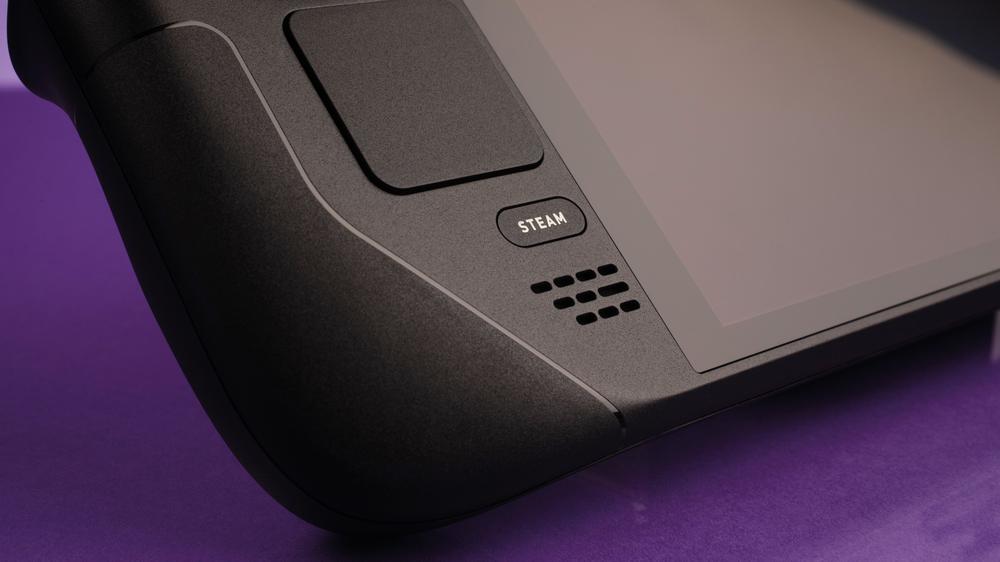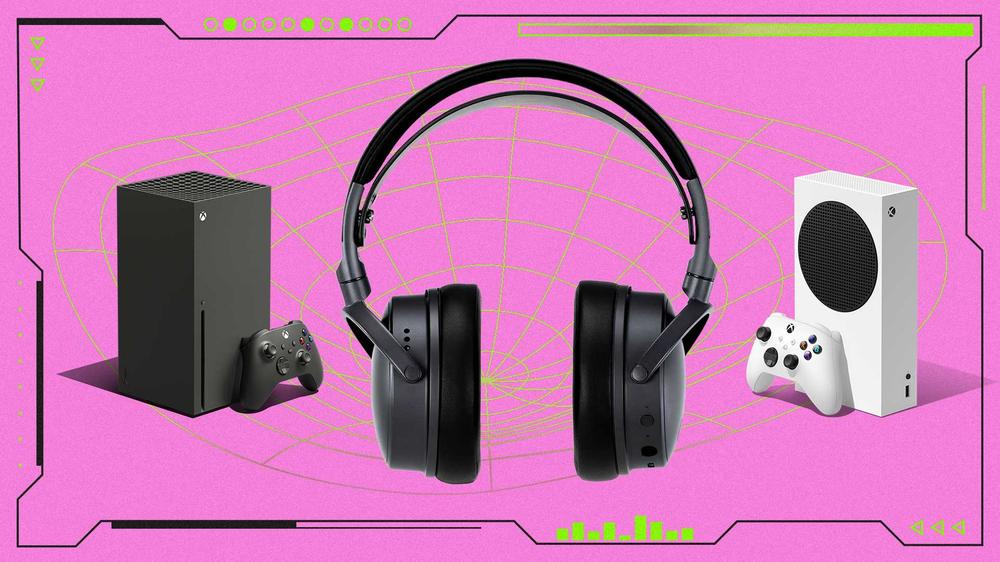With so many different keyboard styles on the market, it makes sense to split recommendations into clear categories. This approach also highlights products from a range of manufacturers rather than focusing on a single standout model. Each keyboard listed here brings something unique to the table, with certain designs excelling in areas that others may not.
For those chasing compact designs, the MonsGeek FUN60 Ultra TMR earns high marks as the best 60% keyboard thanks to its affordable price and excellent magnetic switches. The Razer BlackWidow V4 Low-Profile is another strong compact option, offering a slim design that saves desk space while maintaining strong performance. For budget-conscious buyers, the Keychron C3 Pro stands out by delivering surprising quality at a very accessible cost. Every keyboard here has its strengths, and the following breakdown makes it easier to find one that best matches specific needs and preferences.
TL;DR: These Are the Best Gaming Keyboards:
Given the variety of keyboard styles available, dividing recommendations into categories provides clarity and ensures a wide range of options are covered. This also allows for a spotlight on models from different brands, each bringing unique strengths to the lineup. Some excel in performance, others in design, and a few manage to strike an excellent balance between both.
For compact enthusiasts, the MonsGeek FUN60 Ultra TMR secures the top spot in the 60% category, praised for its value and impressive magnetic switches. The Razer BlackWidow V4 Low-Profile offers another compelling compact choice, boasting a sleek frame that saves space without compromising on capability. On the budget end, the Keychron C3 Pro proves that affordability can still deliver quality. Each of these keyboards shines in its own way, making it easier to find the right fit for different playstyles, budgets, and preferences.
This guide contains contributions by Michael Higham
Best Overall Gaming Keyboard
Best High-End Gaming Keyboard
Best Budget Gaming Keyboard
Best Compact (60%) Gaming Keyboard
Best Tenkeyless (75%) Gaming Keyboard
Best 96% Layout Gaming Keyboard
Best Full-Sized Gaming Keyboard
Best Low-Profile Gaming Keyboard
Best Wired Gaming Keyboard
Best Customizable Gaming Keyboard
What are the advantages between different mechanical switches?
Choosing a gaming keyboard often comes down to the switch type - mechanical, optical, or even Hall Effect. After the decline of buckling spring boards, Cherry ruled the roost for years, supplying switches to countless manufacturers. These days, however, many companies have gone down the proprietary path. Early efforts were hit-and-miss, but now switches from brands like Razer and Logitech rival the best in the business, while names such as Gateron and Kailh Box have also proven their worth. More recently, optical and Hall Effect switches have stepped into the spotlight, using light or magnets instead of purely mechanical parts.
When it comes to switch styles, there are three main categories: linear, tactile, and clicky. Optical and Hall Effect switches generally fall into the linear camp, often with adjustable actuation points. Linears deliver a smooth, uninterrupted press without feedback. Tactiles add a small bump at the actuation point, giving confirmation with every keypress. Clicky switches go all in with both physical and audible feedback, making them great for typing-heavy tasks, though the extra noise and resistance can slow things down in fast-paced gaming.
When breaking down how switches feel, three factors matter most: actuation point, travel distance, and actuation force. The actuation point is the spot in the keypress where the input registers on the system. Standard mechanical switches usually sit at 2.0mm, a sweet spot for most uses. Competitive-focused switches often shave this down to around 1.5mm, letting inputs fire off faster, though the tradeoff is a higher chance of accidental presses.Travel distance refers to how far a key goes before bottoming out. This is typically linked to the actuation point - a 2.0mm actuation point often pairs with a 4.0mm travel distance, while a 1.5mm point may come with about 3.5mm of total travel. Actuation force, on the other hand, is all about resistance. Measured in grams (g) or centinewtons (cN), most switches hover around 45g. Heavier options at 50g suit those who prefer firmer feedback, while lighter ones at 40g or even 38g cater to those wanting an easier, gentler press.
Should I go with a TKL, compact, or full-sized keyboard?
Keyboard layout and size come down almost entirely to personal preference. Full-sized boards deliver the complete 104-key setup and naturally occupy the most desk space. The tradeoff is worth it for those who rely on the number pad or centre column, especially since full-size models often pack in extras like media controls and macro buttons. A 96% keyboard trims the footprint while keeping nearly all the essentials, though the tighter layout can feel a bit cramped.
Tenkeyless (TKL) keyboards have surged in popularity, with many gamers happy to ditch the numpad in exchange for extra room to swing a mouse. High-end TKL options sweeten the deal with added functionality, such as Razer’s Command Dial or SteelSeries’ OLED panel, softening the loss of utility. Ultimately, though, layout is secondary to performance. The real difference-makers remain the switches, overall build quality, and features that ensure every input is fast and accurate in the heat of a game.
For those who want to shrink things right down, compact 60% keyboards are the go-to. These mini boards drop the centre column and the function row entirely, which means sacrificing some handy keys in exchange for a much smaller footprint. The tradeoff is clear: they look neat and save heaps of space, but can be limiting if extra keys or macros are essential for certain games or workflows.
That said, when built properly with quality switches, a 60% board can perform every bit as well as larger layouts. The missing keys may be a dealbreaker for some, but for anyone chasing a minimalist setup or simply loving the compact style, they deliver plenty of punch in a pint-sized package.
Should I go wired or wireless for a gaming keyboard?
Wireless tech matters most for peripherals that move around constantly, like mice and headsets. Cutting the cord adds freedom and comfort, with battery life now far less of a concern thanks to huge improvements in recent years. Keyboards, on the other hand, don’t benefit quite as much. Wireless options are common, but many models also ship in wired form at a lower price, making it easy to save cash without losing functionality.
Take the SteelSeries Apex Pro TKL as an example. At the time of writing, the wireless version sits at $659, while the wired model costs $569, yet both deliver the same excellent features. That sizeable difference is easy to justify for a mouse that feels more natural without a cord, but less compelling for a keyboard that rarely moves around. Concerns about lag are largely outdated too - technologies like Logitech’s Lightspeed and Razer’s HyperSpeed have proven just as responsive as wired connections. Higher polling rates are now regularly achieved through wireless dongles, showing just how far wireless gaming gear has come.

 The Best Handheld Gaming PCs to Take Your Games on the Go
The Best Handheld Gaming PCs to Take Your Games on the Go